Whether you’re living off the land or in the city, there are lots of ways that you can become more self-sufficient! These 50 off the grid homesteading tips and tricks should be in the arsenal of every single person interested in self-sufficiency. Read on to learn them all.
- You can cool your home without air conditioning. Create cross ventilation with the proper placement of windows, and plant new, fast-growing trees on the south and west sides for cooling shade.
- Paint 5-gallon water jugs black and fill with water. Place them along the north wall of your unheated greenhouse where they will warm up on sunny days and release the heat on cold nights.
- Use plastic gallon jugs to protect frost-sensitive seedlings in spring. Cut off the bottom and place over individual plants like a mini-greenhouse. Remove the cap during the day to prevent overheating.
- Use an ice cube tray to freeze herbs in olive oil. Pop them out and store in a zip-lock bag for winter use.
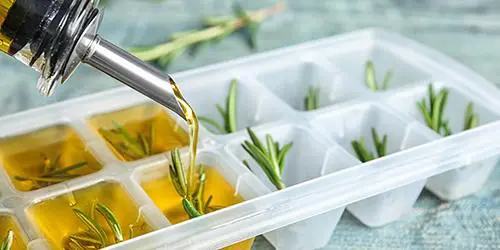
- In a pinch, you can heat a room with a candle and a terra-cotta pot. Place one or several tea lights under an inverted pot raised up on a couple of bricks.
- Lay down a thick layer of mulch to kill the grass and weeds- within a year, you’ll have excellent garden soil ready to plant without digging!
- A straw-bale house provides excellent insulation values to keep you warm in winter and cool in summer.

- Be ready with light sources such as candles or oil lamps for power failures. You can even use crayons in an emergency!
- Sprinkle wood ashes on an icy walk or driveway, or add to your garden soil to reduce its acidity.
- You can plant more in less space with wide-row beds up to 4 feet across. Start with tall plants such as corn or trellised peas or tomatoes in the center, with shorter ones like lettuce, carrots and onions closer to the paths.

- Once you’ve planted your beds, mulch around the plants with shredded leaves or straw. This keeps down weeds and conserves soil moisture.
- Cold frames can be used either inside a greenhouse or over garden beds to protect fall, winter, and early spring crops.
- Use some fresh manure to bury in a greenhouse or cold frame bed in late winter to provide steady, even heat to young plants.

- Collect rainwater in raised barrels and install soaker hoses in garden beds for thorough watering using gravity. This off the grid homesteading hack will make it so much easier to collect water.
- Plant guilds combine various species- large trees, understory species, shrubs and ground plants- to grow everything from nuts to berries.
- Protect your susceptible plants with insect netting. Without the use of chemical sprays, you can grow even broccoli and cabbage without worms!
- Dedicate part of your garden space to perennial vegetables such as asparagus. This gives you a reliable food source without having to replant every year.
- You can stagger plantings from late winter through to late fall to provide a steady supply of fresh, healthy vegetables all year.
- When buying seeds, choose non-hybrid or heritage varieties, and save your own seeds.
- You don’t have to start tomatoes from seed every year. Take slips from your favorite varieties and root them in water and keep them in a sunny window over the winter. Cut slips in early spring to root and plant in the garden.

- When you harvest your potato crop, set aside several pounds of blemish-free tubers to use as seed potatoes the next year.

- Instead of planting new garlic every fall, establish a patch where you can harvest the biggest bulbs in early summer and leave the others to go to seed and grow bigger the following year.
- Use your own sterilized compost in recycled pots to start your own plants in late winter and early spring under grow lights or in a sunny window.
- Garden and kitchen waste along with animal manure and straw will create a rich, healthy soil amendment.

- Compost your winter food scraps with an indoor worm compost bin. Also, learn about these 7 unexpected things you can turn into compost.
- Using a lawnmower or a leaf vacuum, shred your fall leaves. Cover your beds for winter with this mulch, or save in garbage bags to mulch next year’s vegetables.
- Use soap and oil sprays, or pick off insects by hand rather than using chemical controls.
- Cultivating a few fruit trees can provide you with enough fruit to see you through a winter. Apples are especially good for winter storage.

- Herbs such as rosemary or vegetables like peppers can be dug up and brought in for the winter to replant the next year.
- You can build an above-ground insulated cold storage lean-to on the north side of your house.
- Wall off and insulate a 4-foot wide section along the east or north side of even a heated basement for a cold cellar. With a vent bringing in cold air from the outside, it will keep root crops and canned goods cool all winter.
- Vinegars preserve the flavors of summer herbs for seasoning winter meals. Heat vinegar and pour into a bottle stuffed with fresh herbs such as tarragon.
- Combine fresh basil with olive oil, garlic, and salt to freeze for winter use. A true unknown off the grid homesteading hack true survivors forget to share.
- Simmer peeled garlic cloves in olive oil for several hours. Strain out the cloves and puree. Store the oil and puree in jars in the freezer.
- Sliced tomatoes can be dried until crisp in the sun or in an electric dehydrator, then turned into powder in a blender. Add to soups, sauces, or casseroles.
- Save liter soda bottles or gallon water jugs for rodent-proof storage of dry goods like grains or beans.
- Making yogurt creates an easily-digestible source of calcium and protein. Heat milk to 180° F, cool to 120° and whisk in yogurt with live culture. Place your pot in a cooler filled with hot water and leave for several hours until it becomes thick and creamy.
- Save your chicken bones in the freezer. When you’ve got a big stash, fill a large stockpot with water and add the bones. Bring to a boil and then simmer for several hours, Strain out the bones and freeze the rich broth in pint containers.
- Use some of your garden harvest to make wines. Rhubarb, berries, tree fruits and even carrots make excellent wine.

- Use vinegar, baking soda and citric acid for low-cost and effective cleaning.
- To maintain egg production year-round, chickens need about 15 hours of light, so hang a light in their coop in winter.
- Chickens will take care of fruit and vegetable waste from the kitchen, turning it into manure for composting.
- Before planting in spring and after clearing the garden in fall, let your chickens roam through the beds to eat up all the insects they can find.
- If you locate your chicken run under a fruit tree such as a mulberry or crab apple, the chickens will appreciate the shade in summer and eat up the fruit that falls to the ground.
- Add crushed eggshells from your spoiled eggs to your chicken feed for extra calcium, or dig into the garden for plants such as tomatoes.
- Save extra summer eggs by freezing them – whisk each egg and pour into greased ice cube trays. Pop them out when frozen and store in zip-lock bags for winter baking.
- Stop mosquitoes from breeding by placing jugs of water around your property, and once a month add bacillus thuringiensis (BT) granules. Mosquitoes will lay their eggs and the BT prevents them from hatching.
- Make your own chemical-free bug spray with distilled water, rubbing alcohol or vodka, and drops of essential oils such as peppermint, lavender, and citrus.

- Eliminate fruit flies in your kitchen with a trap made with a small jar covered with waxed paper with small holes, filled with cider vinegar.
- Melt equal quantities of beeswax and coconut or olive oil and add a few drops of essential oils. Pour into small jars or tins for a safe and soothing salve for your lips or skin.
You may also like:
The Ultimate Guide To Composting
What Happens If You Pour Honey Over Meat (Video)
How To Heat Your Home Without Electricity
If You Have This Plant in Your Backyard, You Will Never Run Out of Soap

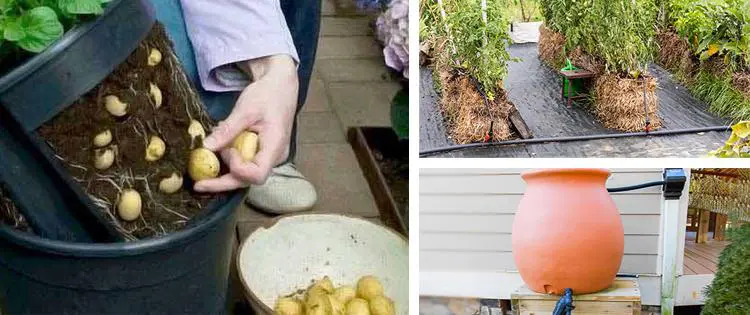
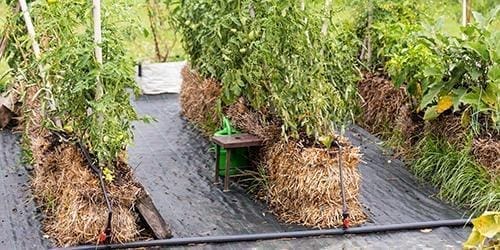
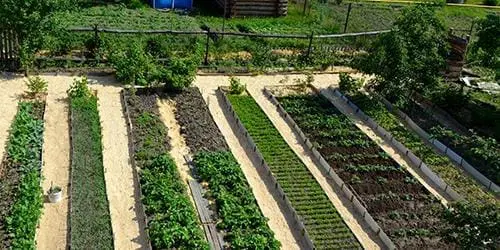
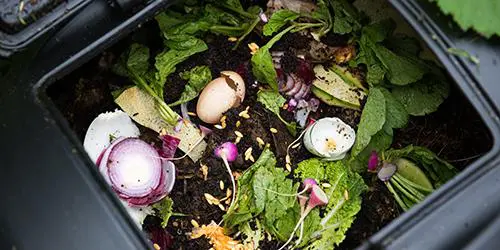
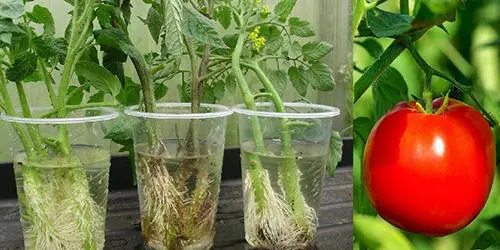
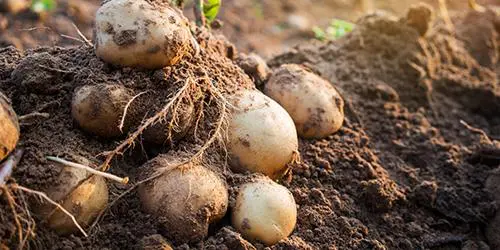
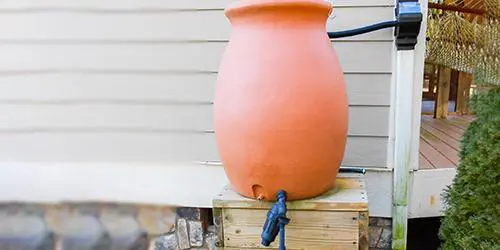

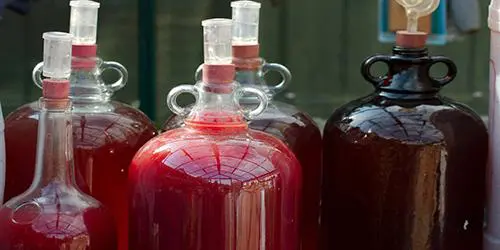









very informative & worthy of trying. thanks
To preserve whole, raw eggs, put them in a glass wide-mouthed container which has a lid to seal it. Cover the eggs with refined coconut oil, the kind which remains liquid at room temperature. Store in a cool place; cover with a dark cloth if the cool place receives much direct sunlight.
The oil seals the eggshells, preventing them from oxidizing. Coconut oil has mild antimicrobial properties as well, which protects them from bacterial contamination. The seal on the container prevents entry of insects and rodents (and family pets).
Several years ago, a sunken ship in the Mediterranean Sea was discovered. The wreck had never been plundered, due to the depth at which it had settled. The ship was dated to the early Roman Empire. In it were earthenware jars of various wares. Some were unbroken, rendering for the researchers a treasure trove of information about seafaring trade in that time period.
Some still-sealed jars contained eggs in olive oil. They were tested, cautiously at first, and found to be edible. 2,000+ years, in a cool, dark place, sealed in a jar filled with olive oil. This is where I got the idea to try the refined coconut oil, which adds an antimicrobial benefit and doesn’t go rancid in warmer locations like olive oil does.
Many web sites recommend “water glass,” which uses the same principle of sealing the eggs to prevent oxidation. “Water glass” isn’t edible, so I choose not to put my food into it. The refined coconut oil just stays in the glass container and lasts for years.
Pro tip: Pick a container with a wide opening at the top to make extraction of the eggs easier.